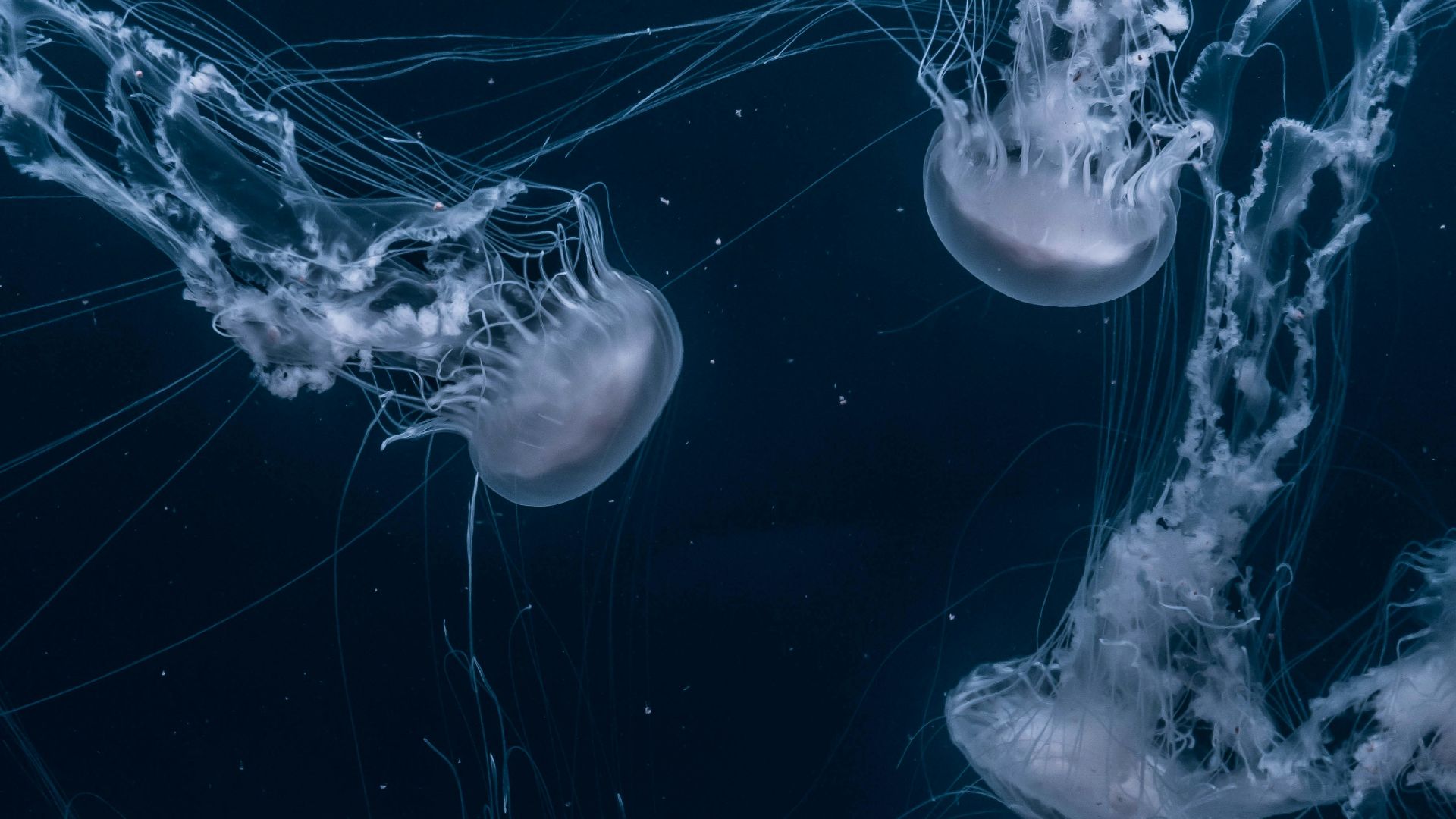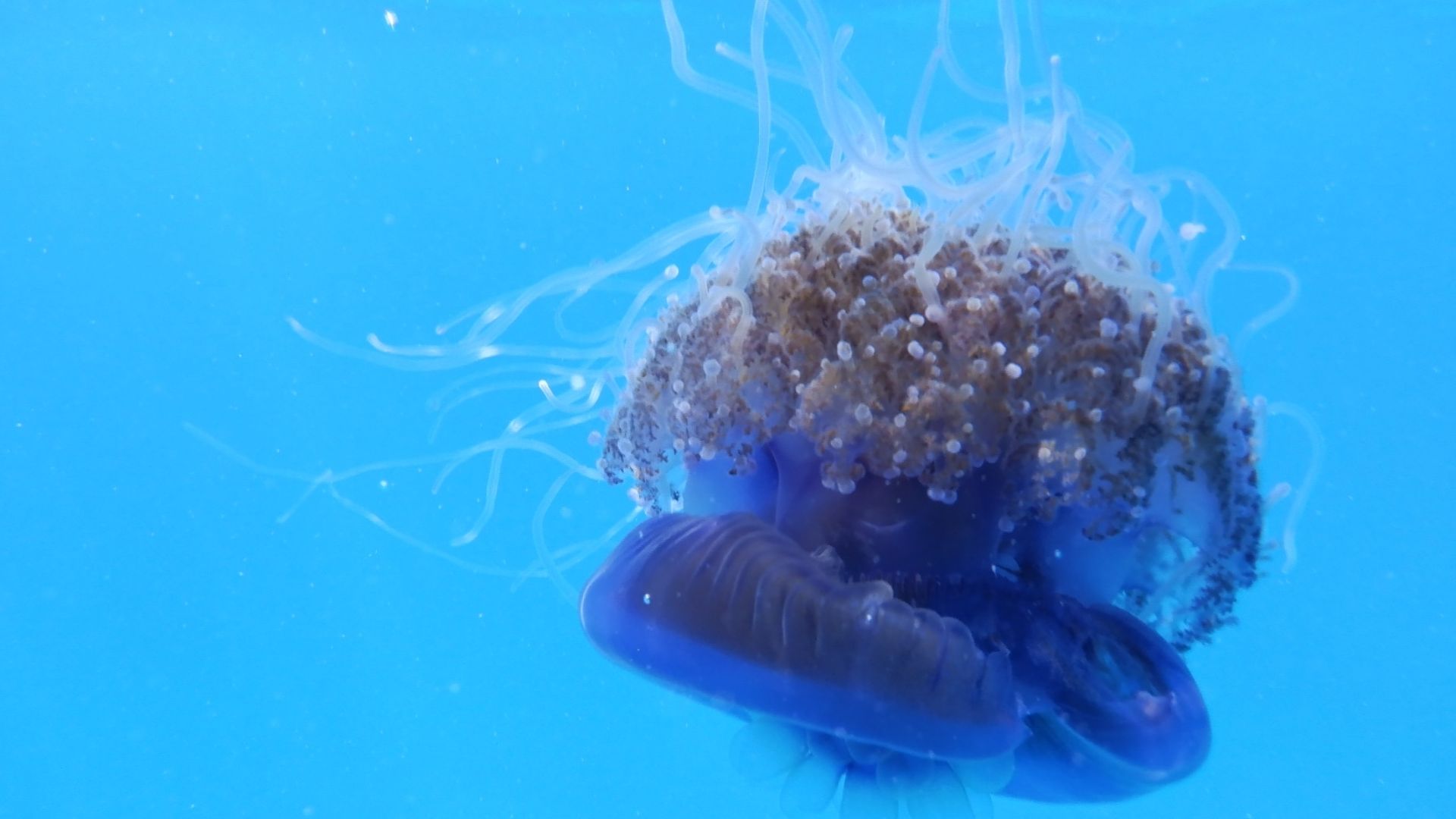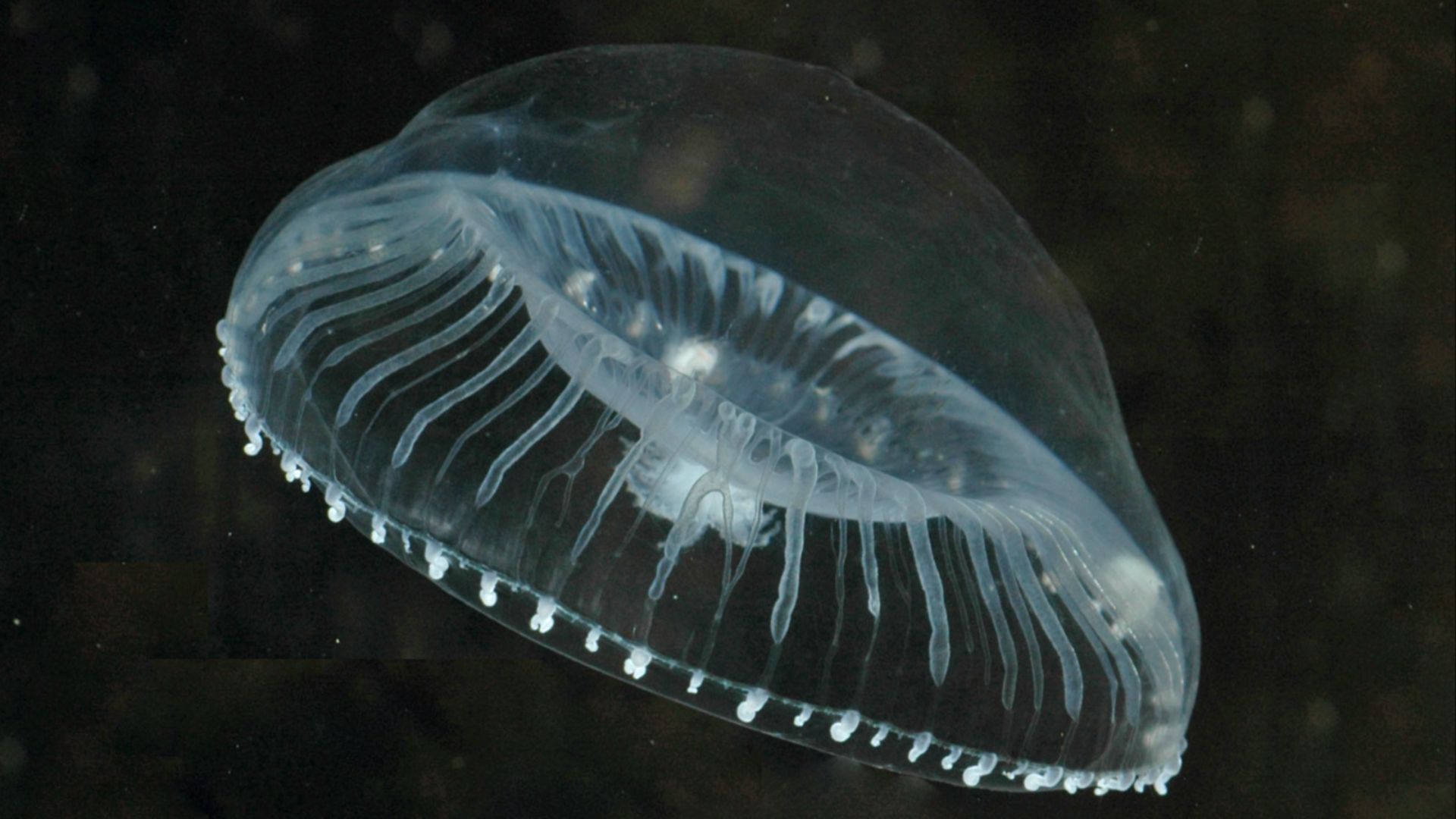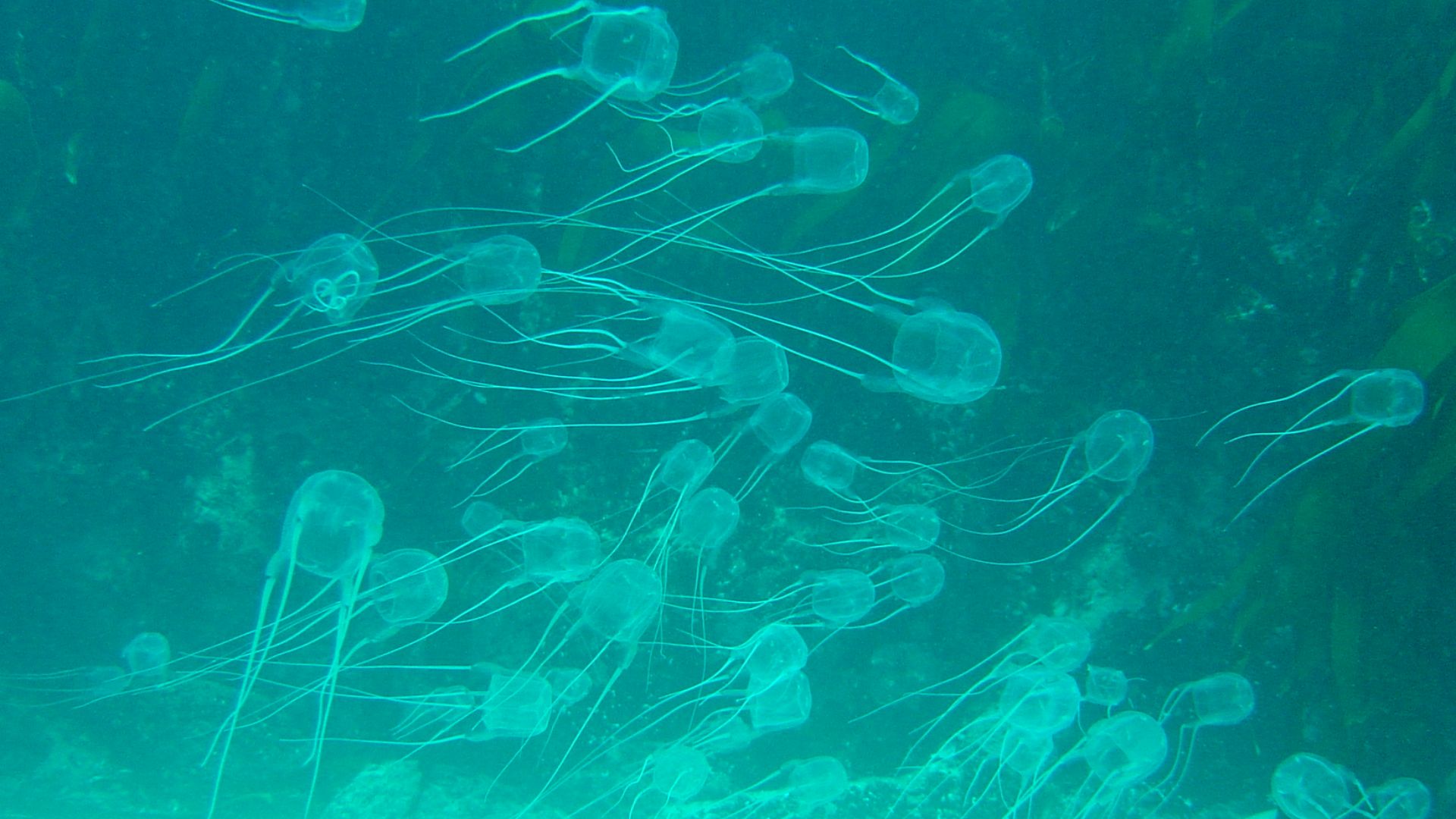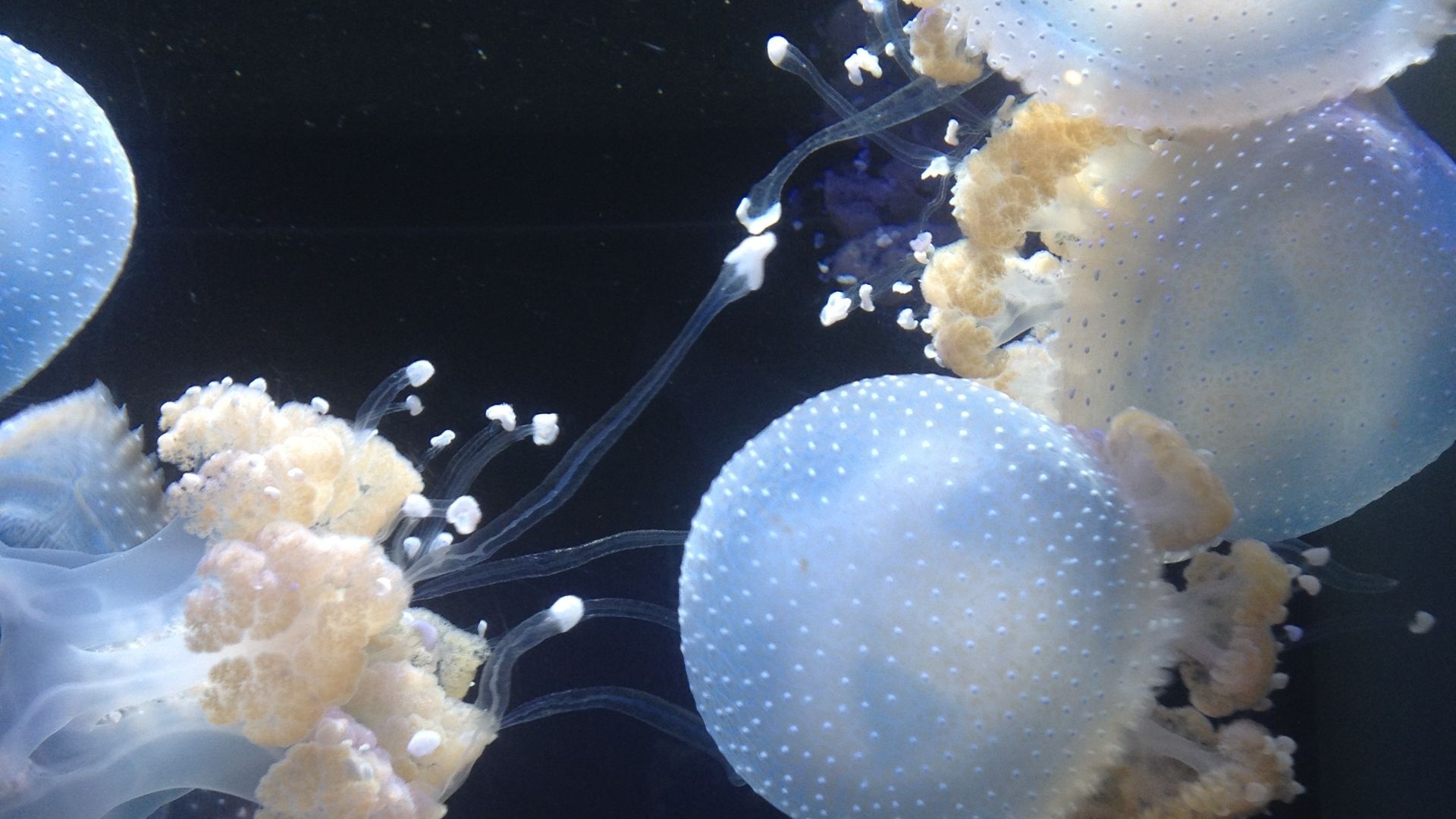Fascinating Jellies
Graceful, alien, and often glowing with an otherworldly beauty, jellyfish are among the most mesmerizing creatures in the ocean. Their delicate forms drift through the water like living art, captivating divers who are lucky enough to encounter them up close. With that in mind, here are 5 of the most fascinating jellies in the sea.
1. Cauliflower Jelly
The cauliflower jelly, or crowned jelly, is named for the bumps that cover it and give it a resemblance to a cauliflower's florets. This species can be found in the mid-Pacific, Indo-Pacific, and in the Atlantic Ocean off West Africa. Drifting in open waters, this jellyfish can reach up to a two-foot diameter and is one of the more spectacular of oceanic jellies.
2. Crystal Jelly
The crystal jellyfish is a transparent, colorless creature with a glasslike bell and trailing tentacles. During the day it is almost invisible in the water. But at night or when it is disturbed, it emits a fascinating green-blue light called bioluminescence.
3. Mangrove Box Jelly
Tiny and curious, the mangrove box jellyfish reaches a size that is only about the size of a grape. This cube-shaped body is different from most other jellies. It uses its geometric form to zip around with speed and precision. This small predator lurks in mangrove roots, catching its prey of small crustaceans in shallow coastal waters.
4. Upside-Down Jelly
The upside-down jellyfish spends most of its life floating on its bell on the seafloor with its oral arms facing up toward the sun. By orienting itself this way, it can expose its symbiotic algae, which photosynthesize using the sun's energy to create nutrients for the jellyfish. It is found in warm, shallow waters such as around Florida and the Caribbean, as well as in tropical lagoons.
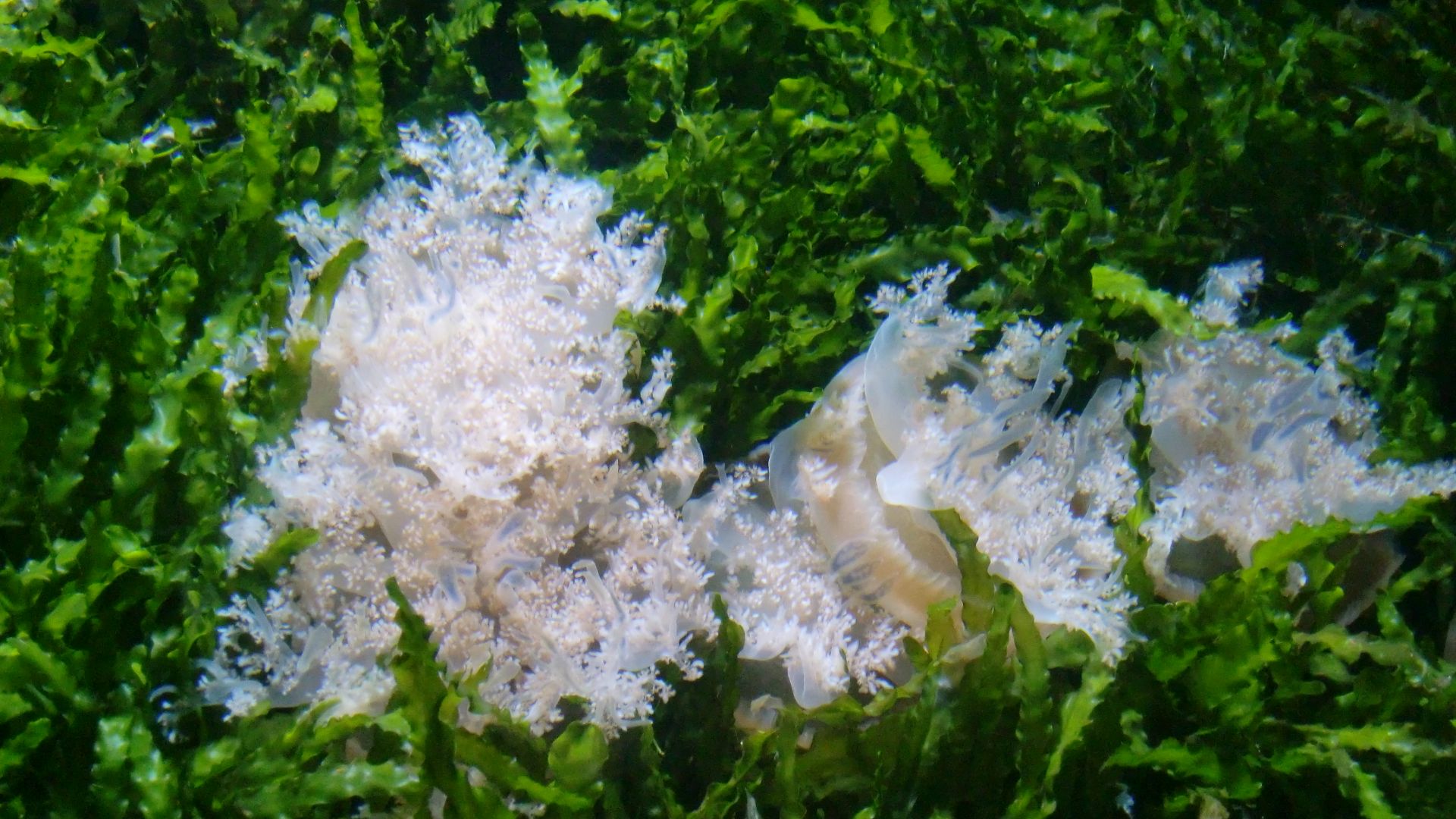 WereSpielChequers on Wikimedia
WereSpielChequers on Wikimedia
5. White-Spotted Jelly
The white-spotted jellyfish, identified by its clear bell with light spots, is a species in the western Pacific Ocean. They are effective filter feeders, with one jellyfish able to filter more than 13,000 gallons of water a day in order to find small zooplankton to eat. They can be invasive in new areas like the Gulf of Mexico, competing with native species for food.


